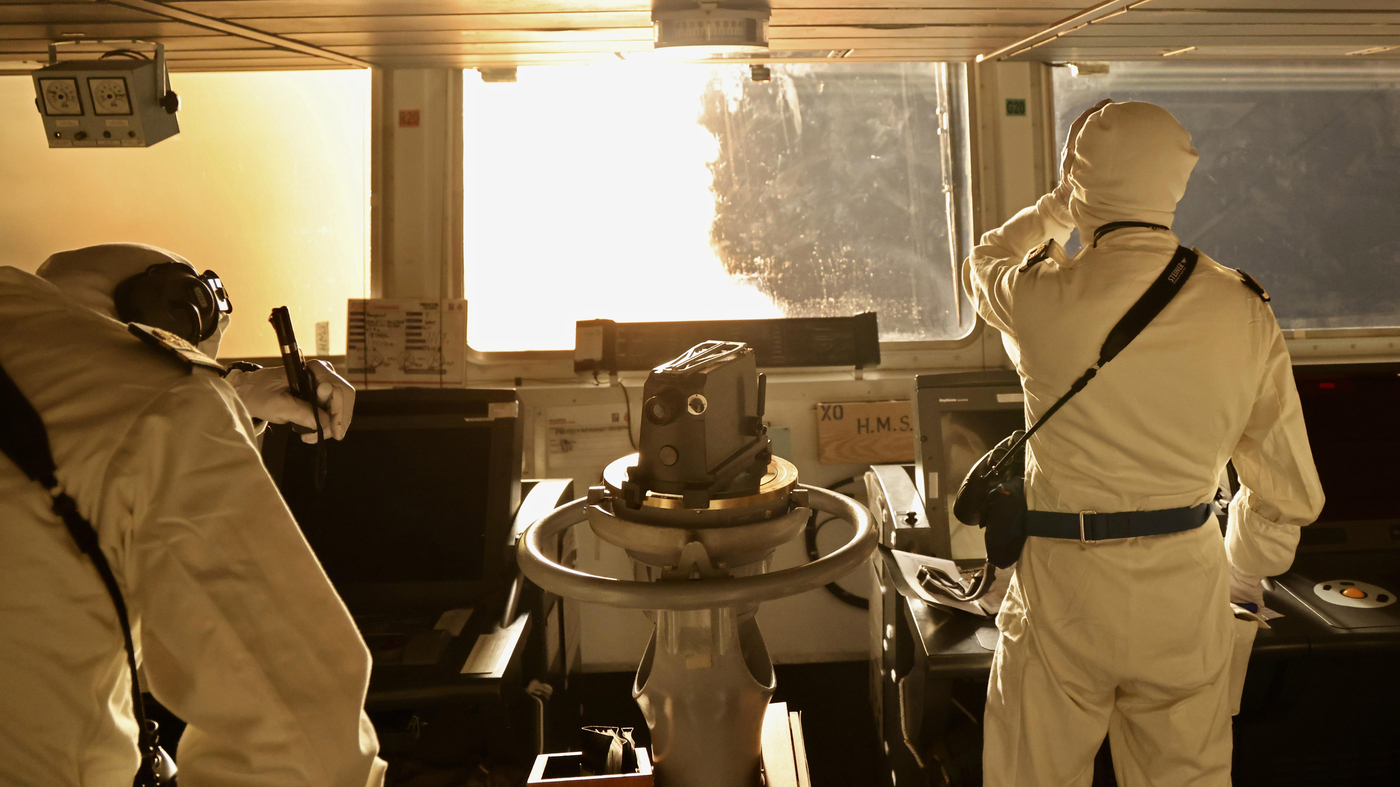The Red Sea and Its Implications for the Middle East and the Yemen–Asymptotic Security Synergy
A cease-fire between the Saudi-led coalition and the Iran-aligned Shiite movement in Yemen has held despite the long civil war there. This has raised concerns that any wider conflict in the sea — or a potential reprisal strike from Western forces — could reignite those tensions in Yemen. Iran has largely avoided entering the wider Israel-Palestine war, so it’s possible it will draw in them as well.
The recent and repeated attacks on shipping in the Red Sea has led to the creation of a naval coalition that will include some two dozen countries.
An initial draft of the resolution would have recognized “the right of member states, in accordance with international law, to take appropriate measures to defend their merchant and naval vessels.”
More than 2 dozen drone and missile attacks have been mounted by the Houthis on international ships in the Red Sea. Some of the attacks have damaged ships, although U.S. warships have shot down many of the missiles and drones.
The Red Sea links the Middle East and Asia to Europe through the Suez Canal. The US Energy Information Administration states that only two channels for inbound and outbound shipments can be had at the narrowest point of the strait. Nearly 10% of all oil traded at sea passes through it and an estimated $1 trillion in goods pass through the strait annually.
The Israeli-backed Houthis: What Do They Mean for Iranians in the Middle East? The U.S. Response to Israel’s Attack on Gaza
The Houthis say their attacks aim to end the pounding Israeli air-and-ground offensive targeting the Gaza Strip amid the ongoing Israel-Hamas war. However, the links to the ships targeted in the rebel assaults have grown more tenuous as the attacks continue.
“The U.K. alongside allies have previously made clear that these illegal attacks are completely unacceptable and if continued the Houthis will bear the consequences,” Shapps said in a statement. “We will take the action needed to protect innocent lives and the global economy.”
British Defense Secretary Grant Shapps described the assault as the biggest attack by theIranian-backed Houthis in the Red Sea to date.
It said the anti-ship missile and the 18 drones were downed by F-18s from the American destroyers as well as the United.
The U.S. military’s Central Command said the “complex attack” launched by the Houthis included bomb-carrying drones, anti-ship cruise missiles and one anti-ship ballistic missile.
Ships saw missiles fired, a drone in the sky, and small boats trailing them off the coast of Mokha. The British military’s United Kingdom Marine Trade Operations also acknowledged the attack off Hodeida.
With the latest U.S. attack on Yemen, what will it mean for Iranian-proxies in the region? Will they increase their attacks on shipping or U.S. troops? Will Iran get more involved? Iran has a navy ship in the Red Sea.
The US killed the leader of a Tehran-backed militia in Baghdad, whom they said was behind attacks on their forces in the country. The killing angered Iraqi leaders and raised questions about the US presence in the country.
An official from Hamas in Lebanon died after an exchange of fire with Hezbollah fighters, as a result of Israel’s attack on Gaza.
The conflict in the Middle East was getting worse before the US strikes in Yemen. The Pentagon has documented over 120 attacks on the U.S. forces in Syria and Iraq since October. Three US service members were wounded in a recent assault in Iraq, one of whom is in a critical condition.
From Secretary of State Antony Blinken to national security adviser Jake Sullivan to Defense Secretary Lloyd Austin have been pushing for an increase in humanitarian aid to Gaza.
U.S. Counterattack on the Iranian-Sanctioned Houthis: a State of Emergency and a New Year’s Resolution
“The situation is constantly evolving and remains highly volatile, and all available intelligence at hand confirms that the security risk continues to be at a significantly elevated level,” the shipping giant Maersk said in a statement on Jan. 5. All Maersk vessels will be diverted south around the Cape of Good Hope for the foreseeable future, because we decided that they should transit the Red Sea.
The Houthis — more so than other Iranian-supported groups, like the Palestinian group Hamas or Hezbollah in Lebanon — have a sophisticated arsenal of weapons provided by Iran, he says, including medium-range ballistic missiles capable of reaching southern Israel as well as an array of drones.
Behnam Ben Taleblu, who focuses on Iranian security and political issues at the Foundation for Defense of Democracies, a nonprofit think tank in Washington, wonders whether the U.S. strikes were designed to send a message or lead to a broader assault.
Tehran is pressing its attacks because it hasn’t confronted steel. “The ability to stop such probing depends on a swift and violent counterattack.”
A former US regional commander said in a piece for the Journal that it was time to act against the Houthis and send a message to Iran.
The news release states that the crisis is brought on by weak presidential leadership. “It is time for President Biden to allow our regional commanders the freedom of action they need to end terrorist behavior by the Houthis.”
Turner said that the Biden administration should take a tougher stance against the rebels on This Week.
The Biden administration has been telegraphing possible reprisal against the Iranian-backed Houthis for days, with one senior official saying they would face consequences if attacks continued. The official said President Biden met with his national security team on New Year’s Day to discuss options.
